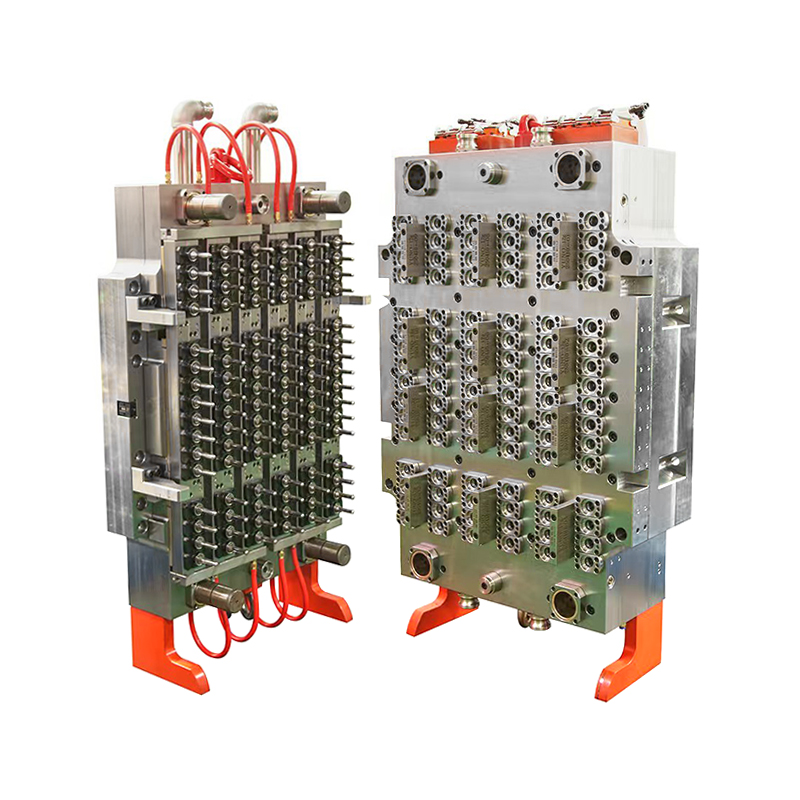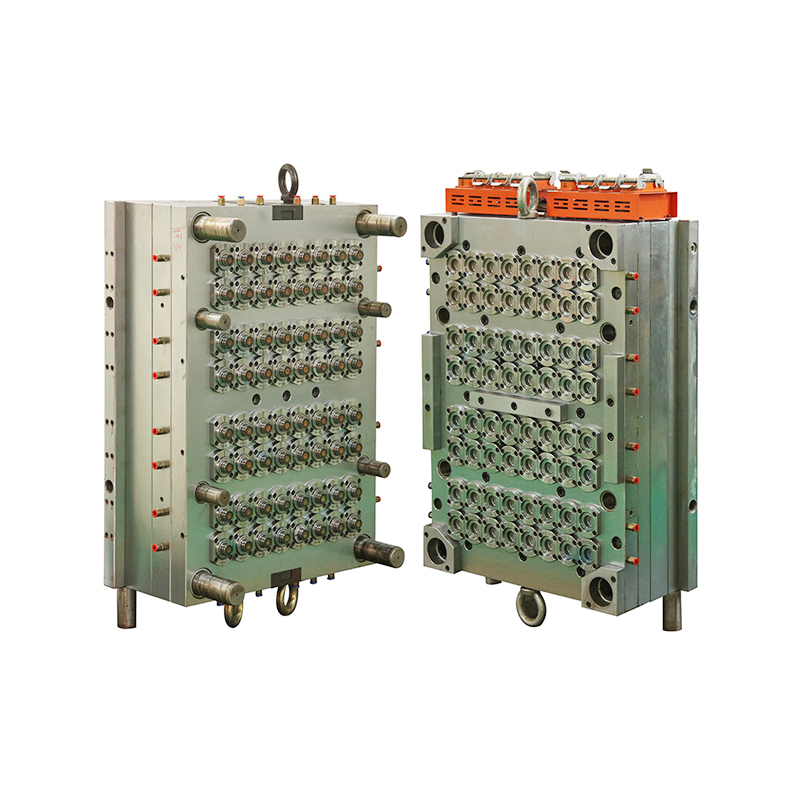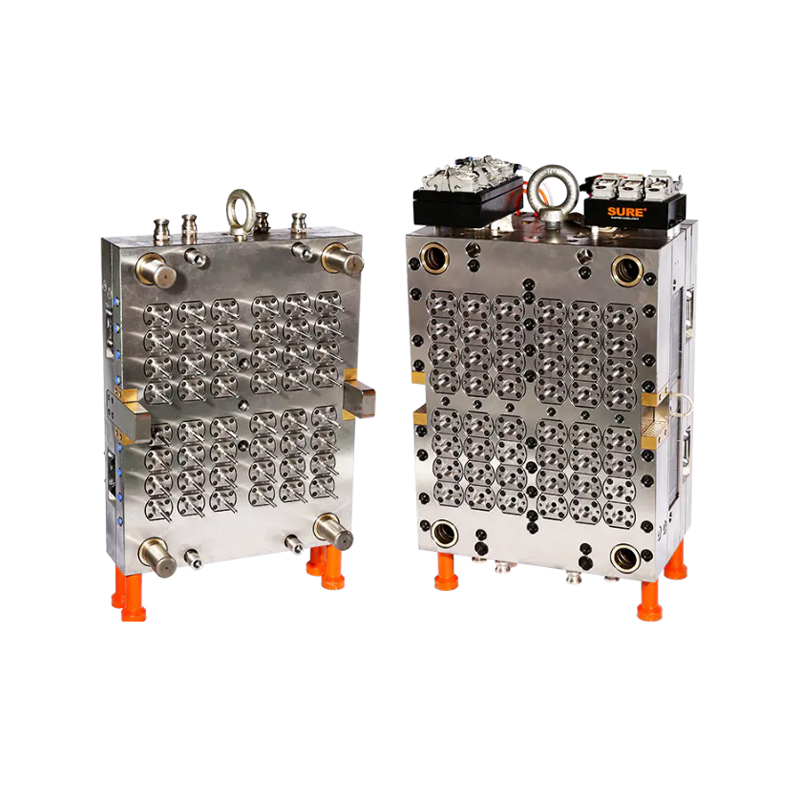No.148 Yongda Road, Jiangkou Street, Huangyan, Taizhou, Zhejiang, China.
In today’s healthcare landscape, the demand for reliable, high-quality medical consumables is higher than ever. Blood collection tubes, a fundamental component in diagnostics and laboratory testing, are at the forefront of this demand surge. Manufacturers are increasingly turning to innovative tooling solutions such as the 32-Cavity Blood Collection Tube Mold to meet growing production needs while maintaining tight cost controls.
This mold is quickly gaining recognition across medical manufacturing for its blend of high output, precision engineering, and operational cost savings, providing a competitive edge to companies in the medical device supply chain.
Enhancing Productivity with High-Cavity Design
A key advantage of the 32-cavity mold lies in its ability to produce 32 blood collection tubes in a single injection molding cycle. This capability accelerates production throughput significantly compared to lower cavity molds. Faster cycle times and higher output volumes enable manufacturers to meet the increasing demands of hospitals, diagnostic labs, and blood banks without additional machinery investments.
Beyond sheer volume, the mold also contributes to smoother workflow integration. By streamlining output, it allows manufacturers to optimize labor allocation, improve inventory management, and reduce lead times for critical healthcare products.
Precision and Consistency for Medical Standards
Blood collection tubes are precision instruments in their own right. The accuracy of dimensions and structural integrity directly impacts sample safety and test reliability. The 32-cavity mold employs advanced CNC machining and polishing techniques to ensure that each tube meets exacting medical standards.
Uniform wall thickness, airtight seals, and consistent size mean that tubes produced in this mold are compatible with automated laboratory equipment worldwide. This consistency helps laboratories avoid costly errors or sample contamination, which can delay diagnostics or lead to inaccurate results.

Reducing Material Waste and Energy Use
Medical device manufacturers face ongoing pressure to reduce environmental impact and operational costs. The 32-cavity blood collection tube mold addresses both concerns by incorporating design features that minimize resin waste and optimize cycle efficiency.
The mold’s hot runner system efficiently delivers molten plastic directly into cavities, eliminating runners and sprues commonly found in cold runner molds. This technology significantly reduces material wastage, lowering the total resin consumption per tube.
Additionally, the mold’s enhanced cooling system shortens cycle times, to lower energy consumption per batch. These energy savings, when scaled over large production volumes, translate into substantial reductions in operational expenses and carbon footprint.
Durable Materials for Long-Term Performance
Designed for the rigors of continuous production, the mold is built using hardened tool steels such as H13 or S136, known for their wear resistance and ability to maintain dimensional stability under high pressure and temperature cycles. This robust construction minimizes maintenance frequency and costs, ensuring consistent performance over millions of production cycles.
Reduced downtime for mold repair means greater availability of equipment for manufacturers, supporting just-in-time delivery models essential to modern healthcare supply chains.
Flexibility Across Tube Specifications
The 32-cavity mold can be customized to produce a variety of blood collection tube sizes and configurations, including different diameters and lengths that correspond to various clinical applications. Whether manufacturing standard vacuum tubes, serum separator tubes, or specialty tubes with additives, this mold supports diverse product portfolios without sacrificing output or quality.
This versatility is a significant advantage for contract manufacturers and OEMs who supply multiple clients with differing tube specifications.
Supporting Automation and Industry 4.0
Modern medical manufacturing lines increasingly incorporate automation for loading, labeling, capping, and packaging. The 32-cavity mold is designed for compatibility with these automated systems, facilitating robotic take-out and inline quality inspection.
Moreover, integrated sensors and IoT-enabled mold monitoring systems allow manufacturers to track performance metrics in real time, predict maintenance needs, and optimize production schedules. This integration of smart technology helps reduce waste, improve yield, and maintain regulatory compliance.


 英语
英语 法语
法语
















